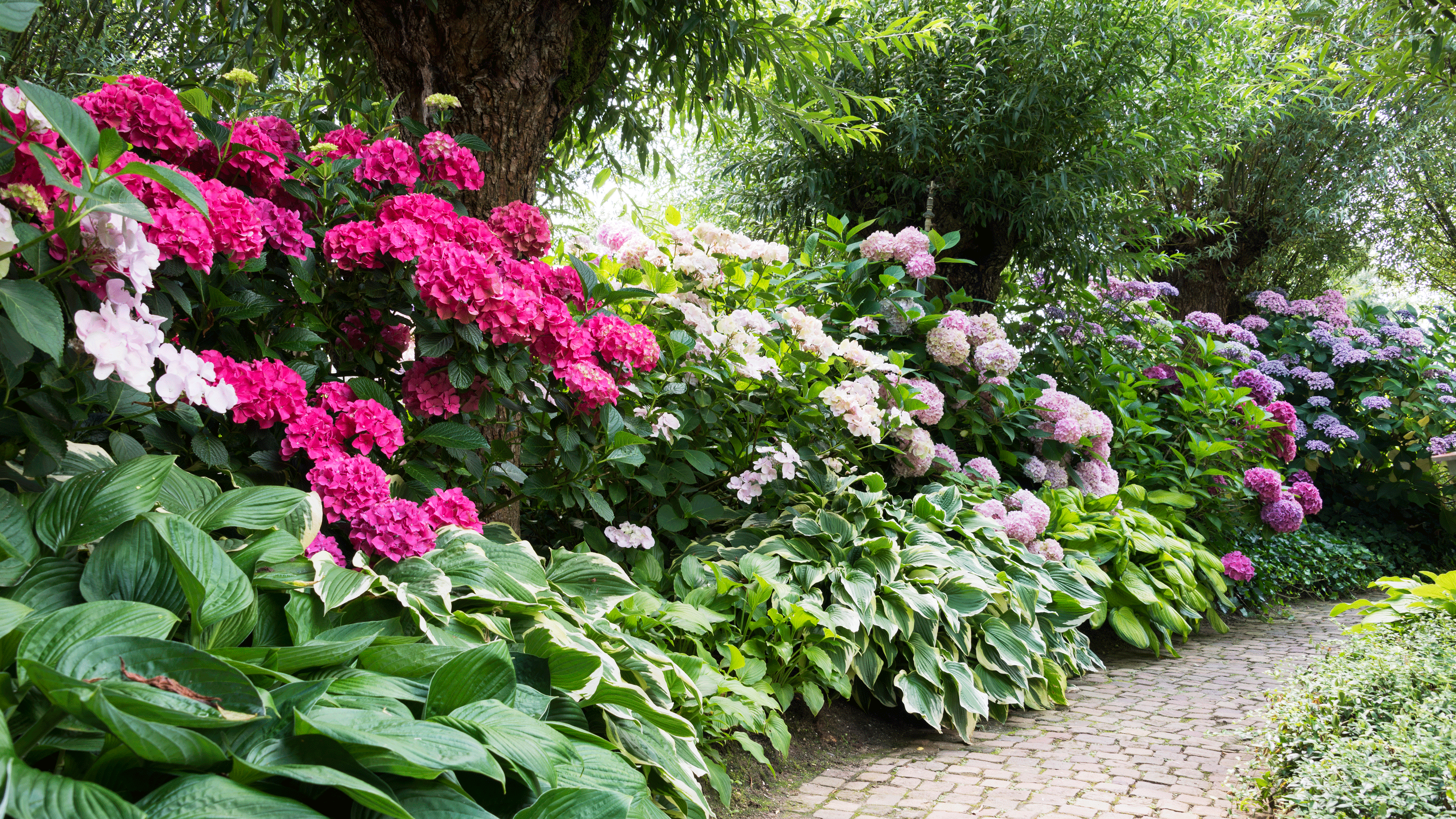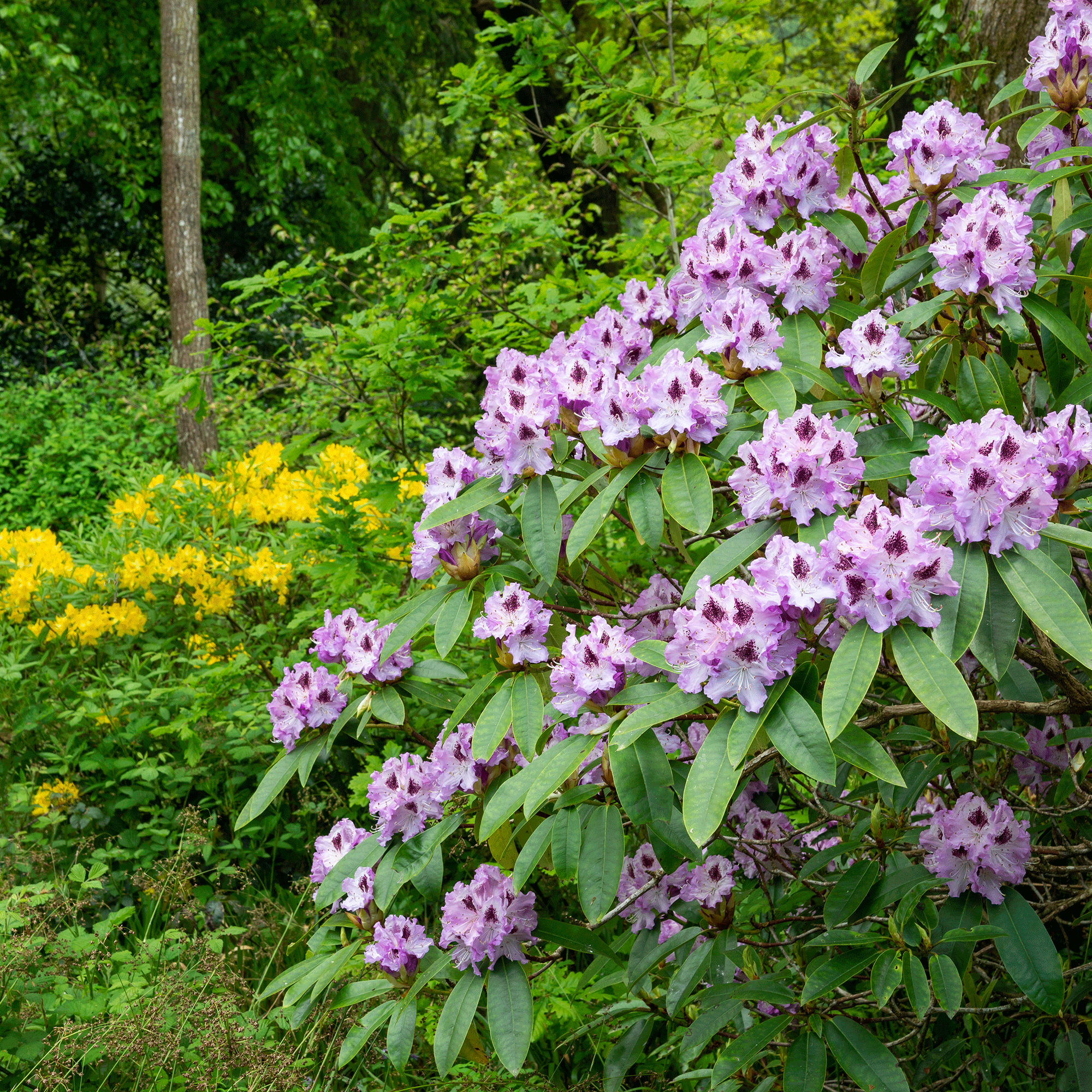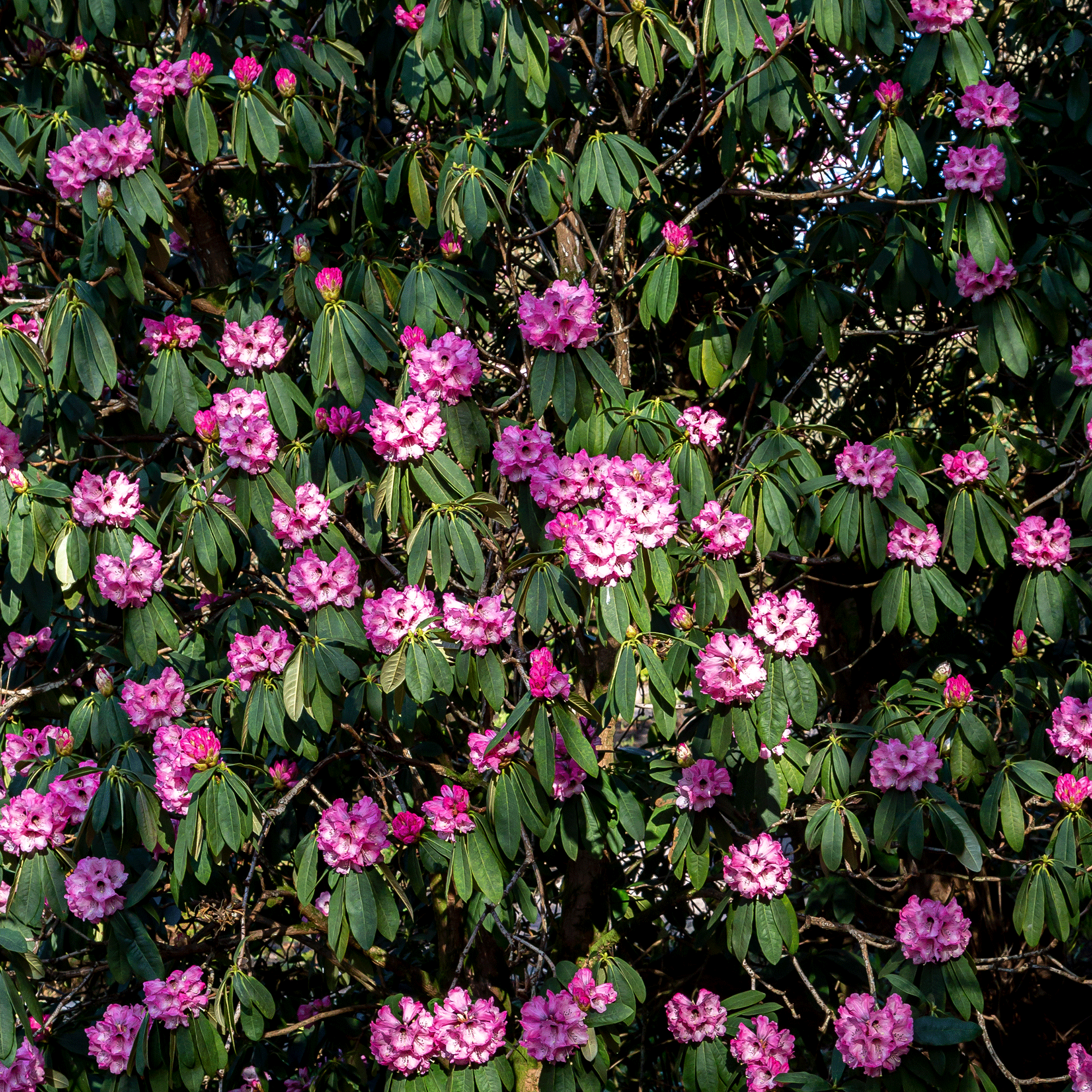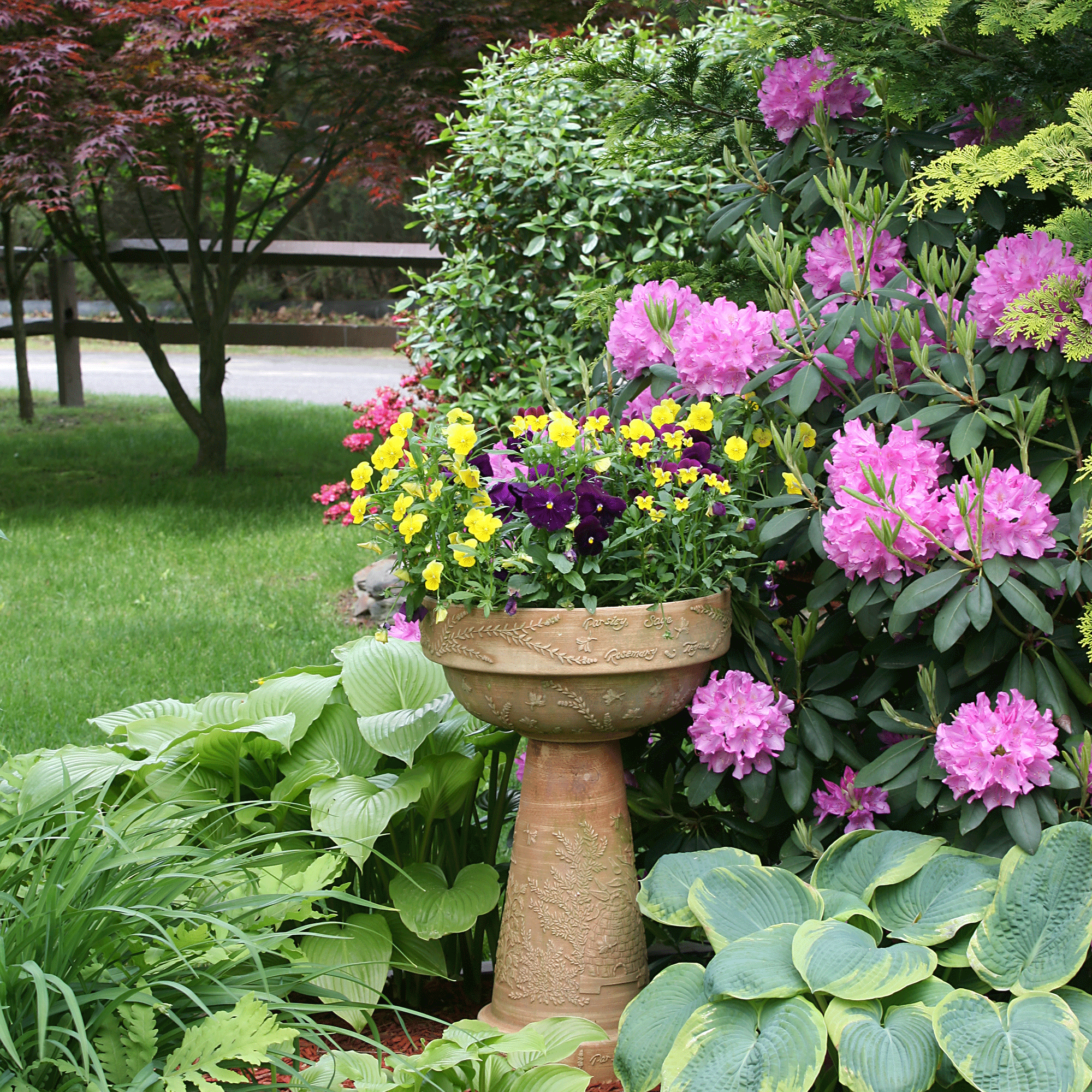When to prune rhododendrons - the best time to do it for happy and healthy plants
An important job to add to your to-do list


If you’re wondering when to prune rhododendrons, you’re not alone. Left to their own devices, rhododendrons will take over your garden in a matter of months.
And while there’s no doubt that these beautiful blooms are a welcome addition to your garden in small quantities, they need to learn how to share. The last thing you want is an army of rhododendrons fighting off its plant enemies and stealing all of the light and nutrients for itself.
But that’s not to say that we want rhododendrons gone for good. Instead, they just need a good pruning! Just like knowing how to prune wisteria, knowing how and when to prune rhododendrons is the perfect way to keep this plant in check - and blooming even brighter next year.
So, without further ado, this is everything you need to know about when to prune rhododendrons.

When to prune rhododendrons
Choosing the right time to prune rhododendrons is key, especially if you want a healthy and happy plant that flowers year after year.
‘You should prune rhododendrons immediately after they've finished flowering, which should be around the end of May to anytime in June. This is so the plant has time to recover and develop new growth between the pruning and the next season,’ says Steve Chilton, garden expert from LeisureBench.
However, it is possible to prune back a rhododendron at any time of the year (except during a cold winter frost) if you feel like it’s taking over your garden. It’s not advisable, but it’s up to you to weigh up the risk.
Sign up to our newsletter for style inspiration, real homes, project and garden advice and shopping know-how

How to prune rhododendrons
You’ll be happy to know that you don’t need to be a gardening wizard to successfully prune a rhododendron. Doing so is extremely easy, and all you’ll need is a pair of pruning shears.
But before you get started on pruning, you need to deadhead the plant and remove any dead flowers that are lingering. Once you’ve done this, you can then go in with your pruning shears and thin out the plant.
As you do this, you should aim to cut back any branches that look dead or diseased or any that are crossing over each other. Cut these so that they are still around 6 inches long (at a minimum), as this will ultimately improve the airflow of the plant and allow it to thrive next year.

Of course, pruning a rhododendron isn’t all about practicality. Once you have opened up the plant, you can then focus on shaping the outside to your desired shape and size. However, make sure you don’t go too OTT.
‘It's important not to over-prune a rhododendron as this can cause problems further along the line in terms of the plant's health,’ explains Steve. So, focus mainly on the practicality of a prune, and shape your plant sparingly.
How to move a rhododendron
If you decide that you love how big and bold your rhododendron is growing, you might decide to move it to a larger area in the garden. However, knowing how to move plants without killing them is a process and one that requires a lot of research.
In short, the best way to move a rhododendron is to first dig its new hole in its new location. When you’ve done this, you can dig up the shrub’s root ball and transfer it to the new hole. Then, backfill the hole with the same soil and keep it watered.
Moving plants is always a risk, though, so always proceed with caution when doing so.

FAQs
How far can you cut back rhododendrons?
Although it’s best to avoid hard pruning a rhododendron, you can still cut them back a fair amount. As long as you leave around 6 inches of branch, you should be left with a happy and healthy plant.
That’s because, to encourage new growth, you should leave a cluster of leaves during your pruning process.
However, if you find that your rhododendron has grown out of control and does indeed need a hard prune, there are measures you can take to do this successfully. Simply give the bush a good feed, keep it well-watered, and apply mulch around the plant to give it a better chance of survival.
Should you deadhead rhododendrons?
Yes, you should deadhead rhododendrons. As soon as the plant has stopped flowering, you should remove any spent flowers.
While many people see this as a chore, it’s hugely beneficial to the plant. In fact, by removing the old flowers, you can encourage new growth and encourage your plant to grow bigger and bolder next year.

Lauren Bradbury has been the Content Editor for the House Manual section since January 2025 but worked with the team as a freelancer for a year and a half before that. She graduated with a Bachelor’s degree in English and Creative Writing from the University of Chichester in 2016. Then, she dipped her toe into the world of content writing, primarily focusing on home content. After years of agency work, she decided to take the plunge and become a full-time freelancer for online publications, including Real Homes and Ideal Home, before taking on this permanent role. Now, she spends her days searching for the best decluttering and cleaning hacks and creating handy how-to guides for homeowners and renters alike, as well as testing vacuums as part of her role as the Ideal Home Certified Expert in Training on Vacuums, having spent over 110 hours testing different vacuum models to date!